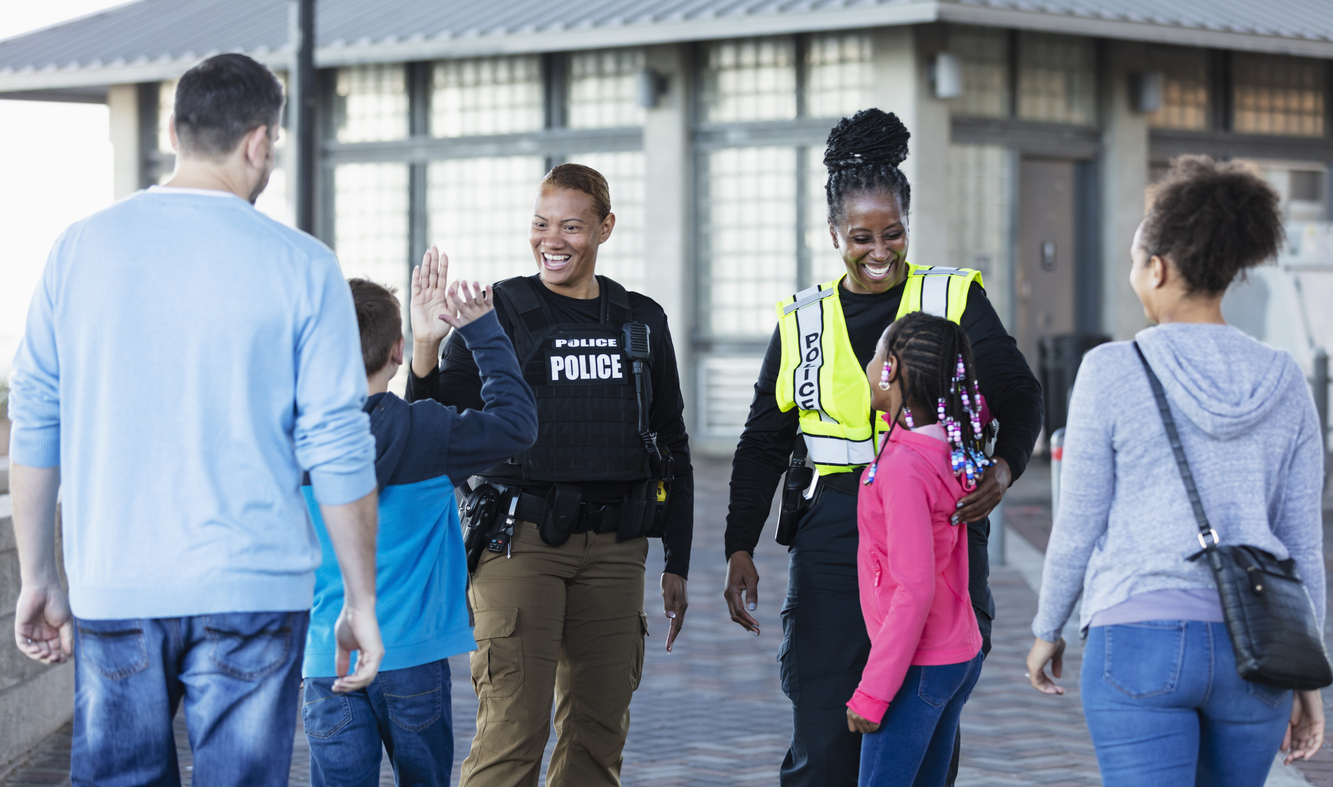Juvenile Justice: Rehabilitation vs. Disciplinary Action
Written by:
Wilson College
• Jan 3, 2024

According to the Prison Policy Institute, the number of juvenile offenders has dropped in the last 10 years. However, the need to create effective, beneficial responses to crimes committed by young offenders still exists. The same policies and consequences applied to adults may not work in the juvenile justice system. Rehabilitation may fit some crimes better than incarceration, but what does juvenile rehabilitation look like?
To learn more, check out the infographic below, created by Wilson College Online’s Bachelor of Arts in Criminal Justice .

Juvenile Justice System Statistics and Overview
According to the Prison Policy Institute, 36,000 youths are in the juvenile justice system. A total of 15,800 of these youths committed person offenses, which include criminal homicide, forcible rape, robbery, assault, and kidnapping. A total of 75,000 juvenile offenders committed property crimes.
A total of 5,100 juvenile offenders committed technical violations. A technical violation is the violation of a probation given to the youths by the juvenile delinquency courts instead of detaining them. Over 5,000 juvenile offenders committed offenses against public order, which include weapons offenses, sex offenses not involving violence, liquor law violations (not status), disorderly conduct, and obstruction of justice.
A total of 2,200 juvenile offenders committed status crimes, which are conduct violations that are only crimes because the perpetrators are underage. This includes truancy, violation of an official curfew, underage possession/consumption of alcohol, underage possession/consumption of tobacco, running away, and ungovernability. Finally, 1,600 juvenile offenders committed drug crimes.
Between 2000 and 2020, youth incarceration dropped by 77%. In 2019, about 40% of youth offenders were in detention. A total of 60% were in commitment. A total of 114 per 100,000 youths nationwide are in juvenile facilities. Alaska; West Virginia; Washington, DC; Wyoming; and South Dakota have the highest number of incarcerated youths.
What Happens to Juvenile Offenders?
In 2020, 128,000 youths were detained on delinquency charges—a 68% decline since 2005. A total of 7.1% of youths in the juvenile justice system were committed to imprisonment. A total of 35,900 youths were committed for delinquency offenses—an 80% decline since 1999. In 2021, 2,000 youths were held in adult jail, and 292 were held in adult prison. A total of 27 states had no one under 18 years old in their adult prisons.
Juvenile Sentencing
Below are some of the options for juvenile sentencing.
Incarceration
Youths may be incarcerated at home (house arrest), in a foster home, or at a different familial guardian’s home. They may also serve their time at a juvenile detention facility before a probationary period, a secured juvenile correction facility, a juvenile detention facility before transferring to an adult jail or prison, or an adult jail or prison.
Probation
In 2020, about 165,000 youths were given probation: 34% were for person offenses, 33% were for property offenses, and 23% were for public order offenses. Juvenile probation allows youths to remain at home under the supervision of a juvenile probation officer. They’re required to follow rules and conditions, such as curfews, random searches, prohibitions on who they associate with, regular check-ins with their probation officers, and semiregular meetings with the court.
Fines or Restitution
Restitution may include counseling programs, community service, and/or wrist or ankle monitors.
Verbal Reprimand
Judges may let a youth with a clean record and a minor offense go without sentencing.
What’s Rehabilitation in the Juvenile Justice System?
Juvenile rehabilitation provides youths with resources, assistance, and guidance to address the reason they’ve committed their offenses. Juvenile services tend to be individualized to the offender. Programs use behavioral therapy, education, vocational training, family support, and life coaching to decrease recidivism.
Rehabilitation for juvenile offenders focuses on reducing recidivism and reducing the risk of committing harsher crimes later. The amount of time spent in rehabilitation programs varies. Some youths only spend weeks or months in these programs, and some youths are detained in juvenile facilities until they become legal adults.
Rehabilitation facilities work with both violent and nonviolent juvenile offenders.
Nonviolent Offenders
Rehabilitation programs for nonviolent juvenile offenders tend to be less crowded. There’s a higher staff-to-child ratio than other rehabilitation programs. Youths may have more options for activities and programs. These rehabilitation facilities include afterschool programs and may be held at detention facilities or group homes.
Violent Offenders
Violent juvenile offenders are usually committed to some form of incarceration. Youths may be given an opportunity to earn educational diplomas. Youths may also receive personalized, intense counseling. These rehabilitation facilities include boot camps, which are usually military-style training programs that focus on rehabilitation through discipline. Rehabilitation facilities may also be detention facilities.
Rehabilitation vs. Disciplinary Action: Benefit and Disadvantages
Juvenile offenders are about 38% less likely to become involved in criminal activity when in a rehabilitation program outside a correctional facility. A rehabilitation program being added to the disciplinary action of incarceration results in a 30% decrease in the reentry rate. A total of 38% of youths are less likely to reoffend. It costs around $88,000 a year to house a juvenile offender in a correctional facility.
Rehabilitation
Rehabilitation programs address the root causes of criminal offenses. They tend to be less costly and more effective with more opportunity for education and more individual attention. There’s also a lower chance of recidivism with rehabilitation programs and services.
Disciplinary Action
Disciplinary action holds juvenile offenders responsible for their actions and may deter future criminal behavior. However, there’s less opportunity for education and future employment. Disciplinary action also has a higher cost associated with it.
Moving Forward
Rehabilitation and disciplinary action may both have a place in the juvenile justice system, but disciplinary action works best when it includes rehabilitation. Juvenile offenders are still young and are still learning how to navigate the world. Different, individualized approaches to juvenile crime can provide positive results in lowering recidivism and improving lives.
Sources
Child Crime Prevention and Safety Center, Juvenile Probation Violations
CJ US Jobs, Punishment vs. Rehabilitation in the Criminal Justice System Pros & Cons
Justia, Criminal Sentencing in Juvenile Court & Possible Legal Penalties
MyLawQuestions, “What Is Juvenile Rehabilitation?”
Office of Juvenile Justice and Delinquency Prevention, Glossary of Terms
Office of Juvenile Justice and Delinquency Prevention, Juvenile Court Statistics 2020
Office of Juvenile Justice and Delinquency Prevention, Status Offenders
Prison Policy Initiative, “Mass Incarceration: The Whole Pie 2023”


